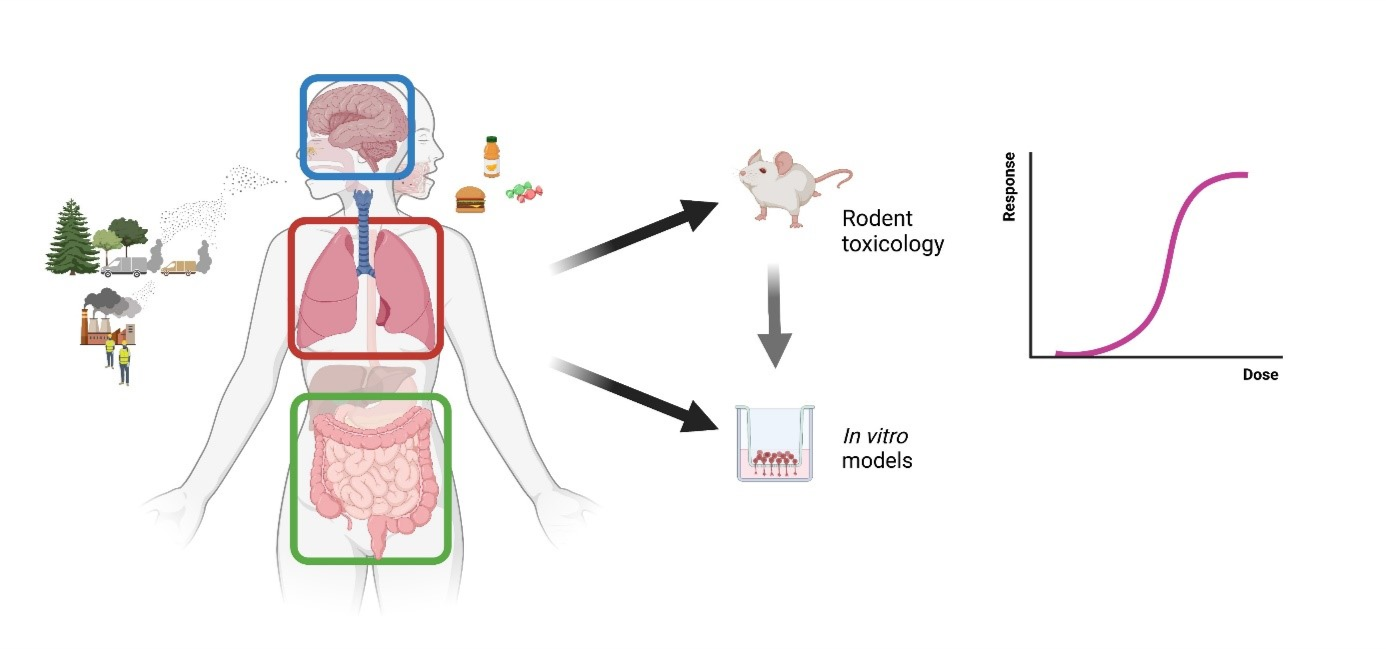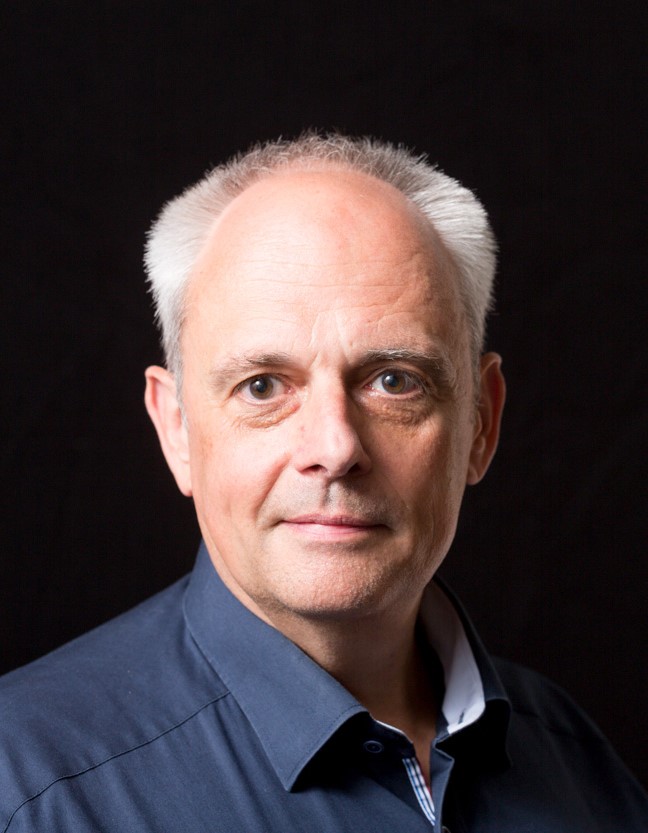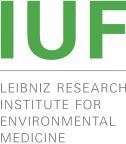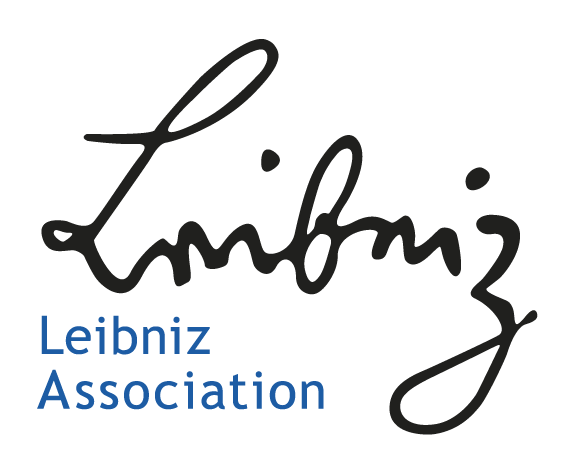
Particulate air pollution constitutes a major human health burden of global relevance. However, knowledge about the crucial properties and components of this pollutant mixture that drive its adverse health effects is currently still incomplete. While inhalation represents the primary uptake route for airborne particles, oral exposure to various types of anthropogenic particles has also become a topic of growing concern. The WG investigates the cellular and molecular mechanisms of toxicity of inhaled and ingested particles. The group’s research has made significant contributions to understanding the importance of inflammation in the pathogenesis of particle-induced diseases. This indirect mode of action has become an integral part of the scientific and regulatory assessment of inhalable dusts as well as engineered nanomaterials. Current projects of the group address effects of mineral dusts, transport-derived ultrafine particles and advanced (nano)materials on the respiratory tract, the gastrointestinal tract and the central nervous system. The research in these projects focuses on the identification of underlying intercellular and interorgan crosstalk mechanisms. The group is also committed to the development of New Approach Methodologies for the hazard assessment of advanced materials through ongoing further development and validation of realistic in vitro models of the lung and the intestine.

Head of working group:
Roel Schins
TUBE
The project TUBE has been granted within the EU Horizon 2020 InCo flagship call on “reduction of transport impact on air quality”. The project consortium is composed of 16 partners, and aims to study the effects of the traffic related air pollution on the lung, and in particular, on brain health. The main role of the WG in the project is to study the inflammatory and genotoxic properties of traffic-derived air pollution particles in the lung, and to determine how long-term inhalation exposure to ultrafine particles can contribute to Alzheimer’s Disease. The group’s investigations on the neurotoxic and neurodegenerative effects of particles are also embedded in AIRBAG (Air Pollutants and Brain Aging Research Group), an initiative launched in 2012 by the IUF and the Dutch National Institute for Public Health and the Environment (RIVM).
A risk index for health effects of mineral dust and associated microbes (DUSTRISK)
The project DUSTRISK is funded by the Leibniz Association in the Leibniz Competition (SAW) Collaborative Excellence Initiative. The aim of the project is to determine the impact of exposure to mineral dusts and their microbial ‘contaminants’ on human lung diseases. The specific role of the WG in the project is to investigate the toxic properties of mineral dust, sampled at Cape Verde, and of model particles such as quartz dust in relation to their physicochemical and microbial composition. Using advanced pulmonary in vitro models, the toxicity and underlying molecular mechanisms are tested. The project is coordinated by the Leibniz Institute for Tropospheric Research (TROPOS), and includes participation by the German Collection of Microorganisms and Cell Cultures (DSMZ), the Research Center Borstel – Leibniz Lung Center (FZB) and various project partners at Cape Verde.
POLYMER FIBRETOX
The project POLYMER FIBRETOX is embedded within the Leibniz Research Alliance Advanced Materials Safety. The goal of the project is to determine the health risks of high performance polymer fibres (HPFs) and their additives caused by their fragmentation and subsequent ingestion or inhalation. The research is performed in collaboration with the Leibniz Institute for Interactive Materials (DWI) in Aachen, where well-defined nano- and micro-fragments of HPFs are prepared, characterized and labelled. Complementary investigations of the WG focus on the identification of the cellular and molecular mechanisms of toxicity of these compounds in advanced in vitro cell models of the human intestine and lung. Through analysis of the effects of the fragments as a function of their shape, size and composition, it aims to provide guidelines and criteria for the development of sustainable materials of this class.
IUF internal:
WG Esser
WG Koch
WG Krutmann
WG von Mikecz
WG Schikowski
Team Unfried
LG Ventura
National:
DWI – Leibniz Institute for Interactive Materials, Aachen
FIZ Karlsruhe – Leibniz-Institut für Informationsinfrastruktur
IfADo – Leibniz Research Centre for Working Environment and Human Factors, Dortmund
INM – Leibniz Institute for New Materials, Saarbrücken
Institute of Energy and Environmental Technology, IUTA - Duisburg
IWT – Leibniz Institute for Material-Oriented Technologies, Bremen
Research Center Borstel, Leibniz Lung Center (FZB)
Leibniz Institute of Tropospheric Research (TROPOS, Leipzig)
Leibniz Institute DSMZ (German Collection of Microorganisms and Cell Cultures)
International:
RIVM, National institute for public health and the environment, the Netherlands
Utrecht University, the Netherlands
Maastricht University, the Netherlands
University of Turin, Italy
Heriot-Watt University Edinburgh, UK
Swansea University, UK
University of East Finland, Kuopio, Finland



